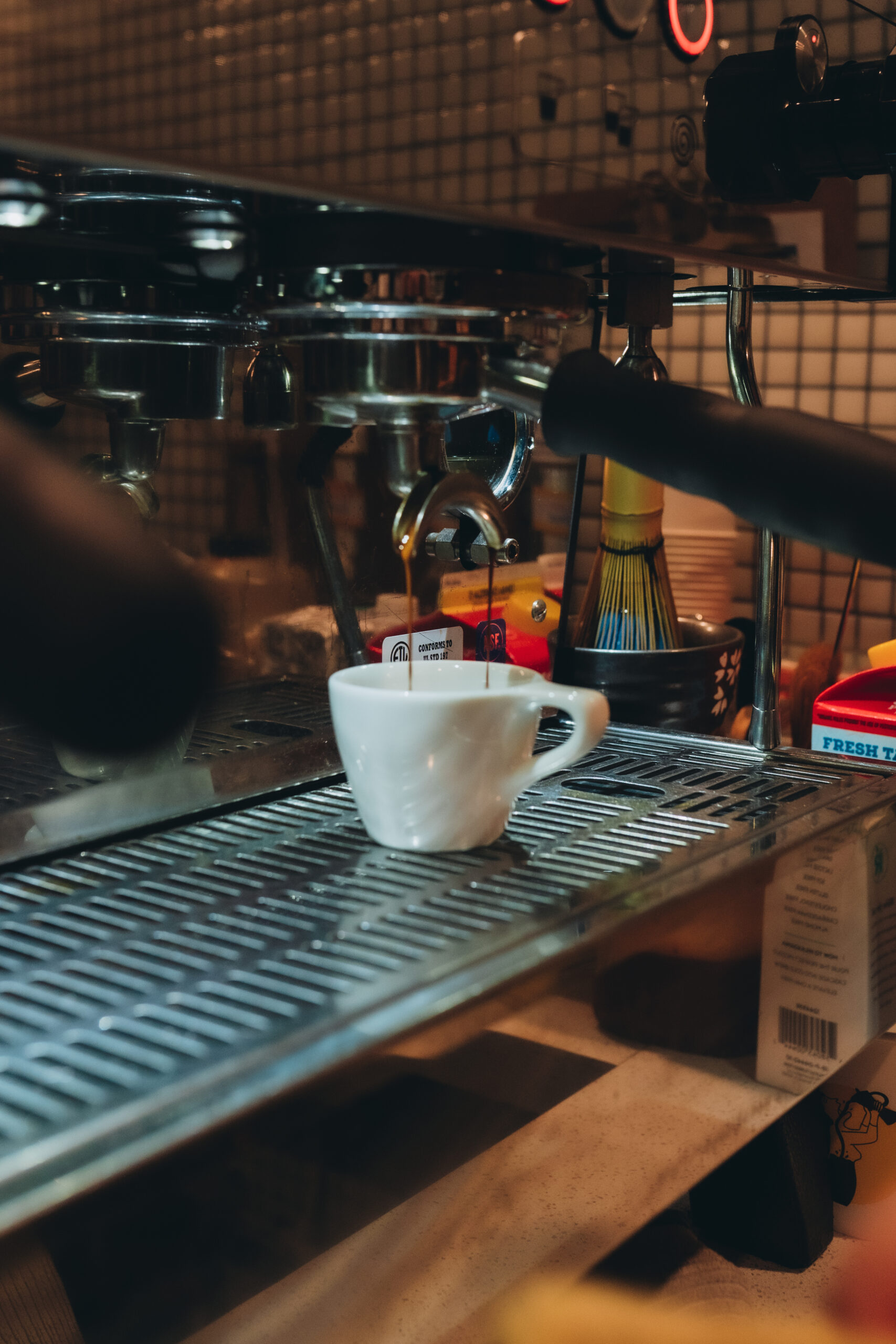The espresso: A story
|
Published:
|Updated By:
How is it made? The drink Origin The invention of the espresso The «ideale» Modern day-espresso More machines Espresso at itsi Let’s have a cafecito!

How is it made?
The drink
Origin
The invention of the espresso
The "ideale"
Modern day-espresso
More machines
Espresso at itsi
Let's have a cafecito!
